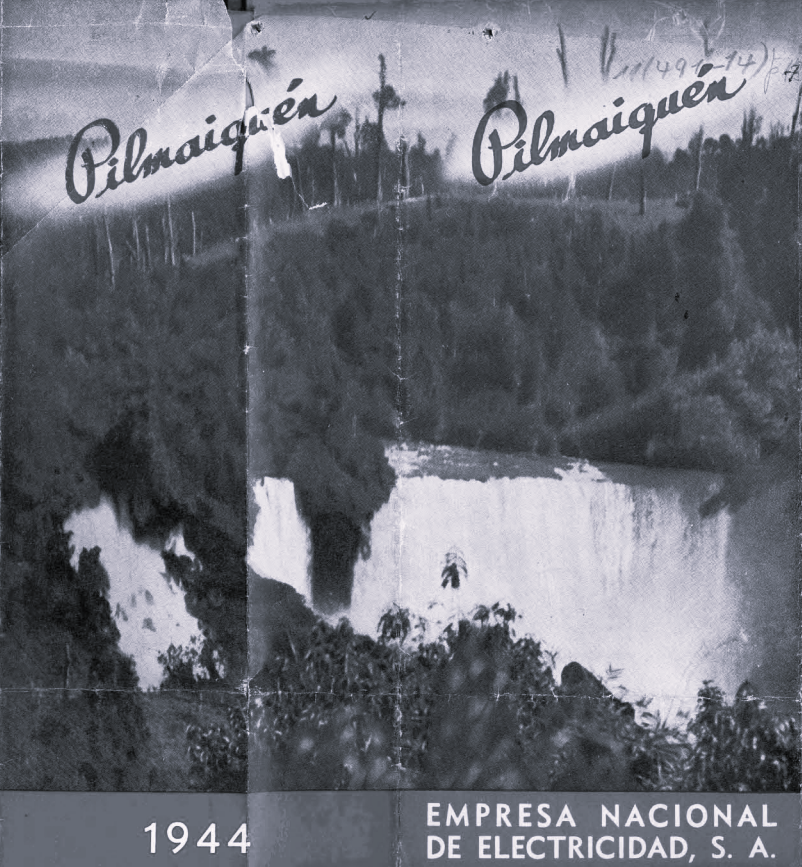Pilmaiquén Hydroelectric Power Plant. Transformative Infrastructure from a Scenic to a Multifunctional Landscape.
Main Article Content
Abstract
This article presents the results obtained during the Investigation and Project Workshop in the sixth semester at the UC School of Architecture. It describes and analyzes the transformation of the Pilmaiquén waterfall, located in the province of Osorno, and examines how the site has changed since 1890 transitioning from a tourist destination to a location for generating electrical energy in 1944.
The hydroelectric plant's construction involved using the site's natural features, such as its topography, flow, and river morphology, to generate electrical energy, which permanently altered the waterfall. To understand the changes brought about by this intervention, we employed Ian McHarg's method of representation, which enables the analysis of a place by disaggregating its components into layers. This allowed the identification of the primary elements present before the plant's construction comparing them with the current ones, helping to identify points or areas of greater interest for each period and analyze the changes brought about by the installation of the plant.
The construction of a tourist center at the new La Isla Park has transformed the landscape into a multifunctional space that combines productive activities with tourism and nature, sparking renewed interest in the hydroelectric project area. The article assesses the transformations around the Pilmaiquén waterfall, exploring the coexistence of energy generation and tourism in an evolving landscape.
Article Details

This work is licensed under a Creative Commons Attribution-NonCommercial-NoDerivatives 4.0 International License.

